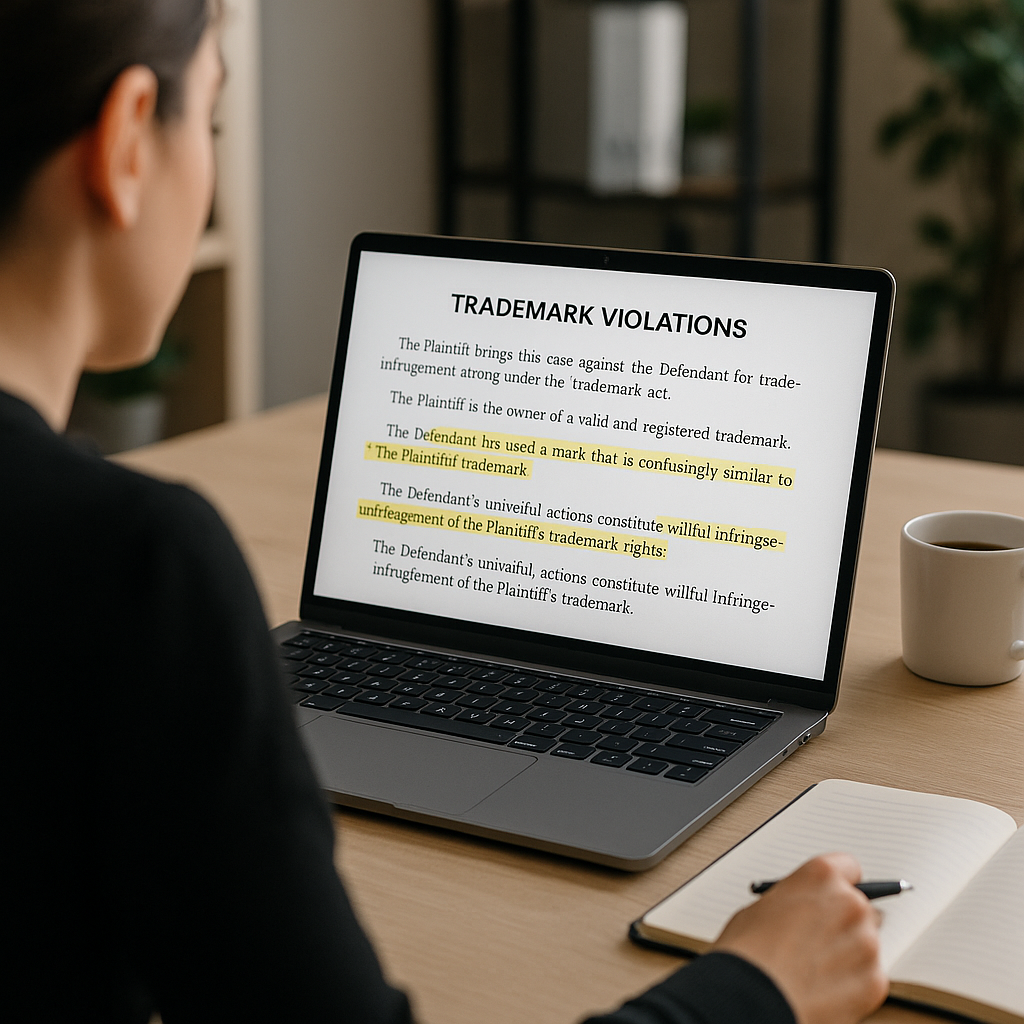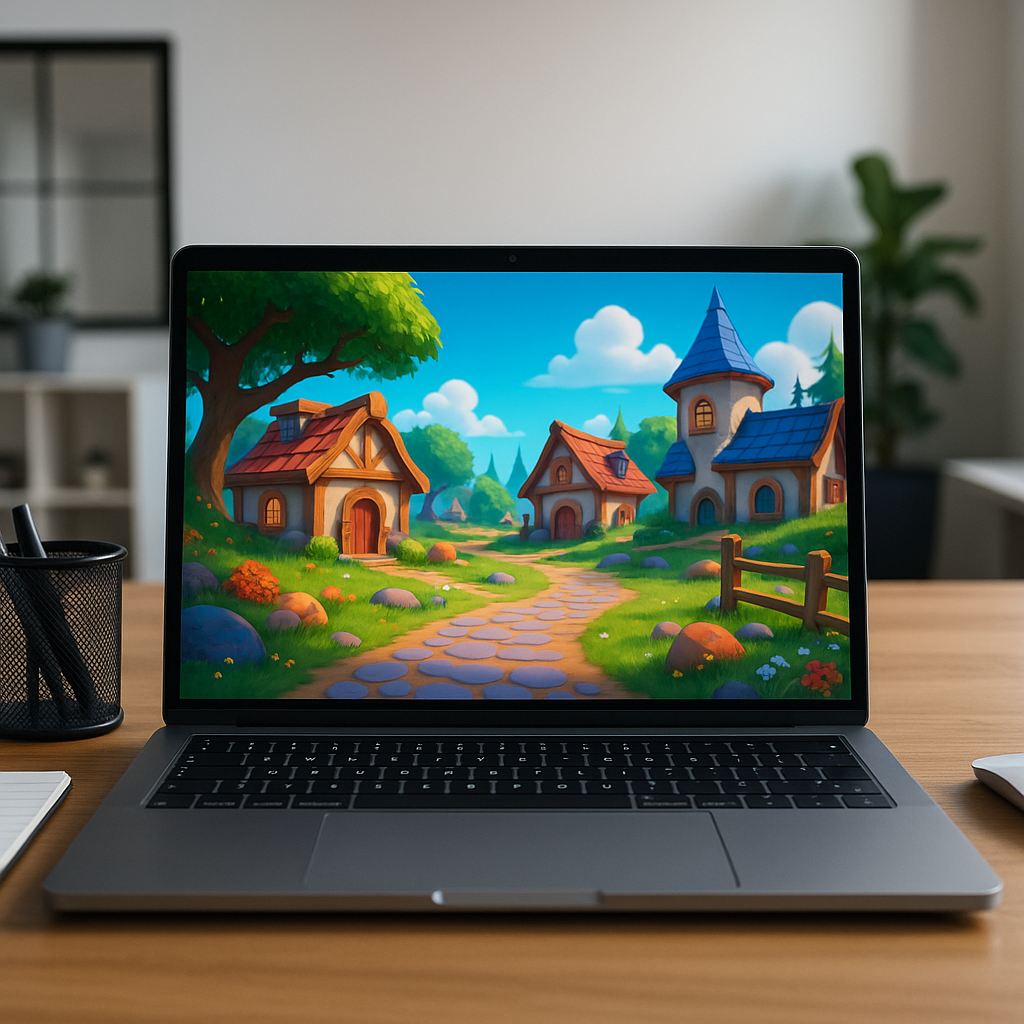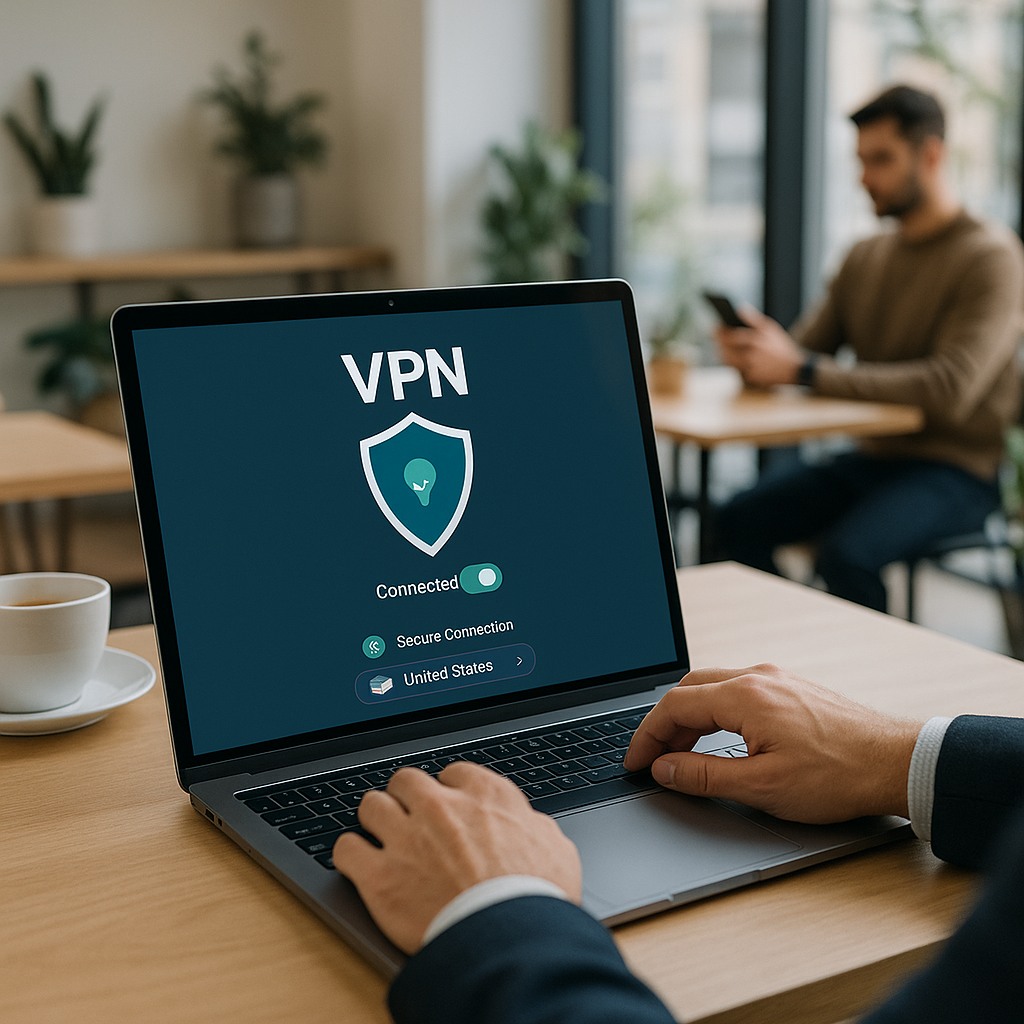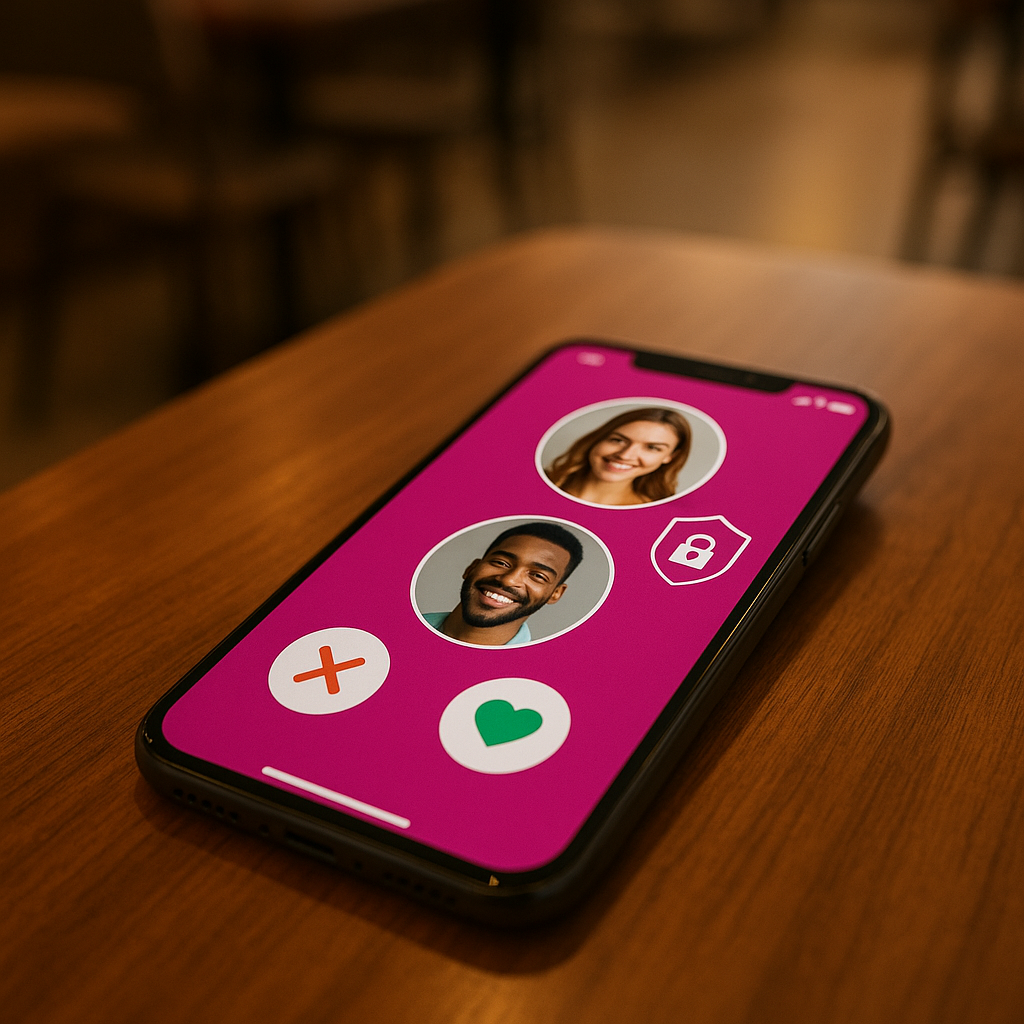Online shopping puts millions of products at consumers’ fingertips. However,there’s a risk of receiving items that don’t fit or look as stylish as they hadimagined.According to Snap’s Global Product Marketing Lead,businesseslose up to $550 billion annually to customers returning items, and 70% ofcustomers find it difficult to get clothes that fit. Mckinsey discovered thatpoor fit or style accounts for 70% of returned fashion items.On the other hand, offline shoppers can try on items before buying, resulting inhigher confidence in their purchases. Thanks to augmented reality (AR) andmachine learning (ML) technologies, it is now possible for online shoppers tocheck how clothes fit through virtual try-on experiences.ID=Virtual try-on technology allows customers tovirtually try on clothes, makeup, and other products before they buy them. Thisinnovative approach includes options to virtually try on clothes, experimentwith virtual makeup, and even test out virtual sunglasses. The technologyreplicates the in-store fitting experience using augmented reality and machinelearning or AI.By virtually previewing products, shoppers gain a clearer understanding of theirappearance, which helps them make more informed decisions and reduce potentialregrets. Additionally, this interactive approach makes shopping more enjoyable,leading to the discovery of new products that may have otherwise gone unnoticed.ID= 1. Improved customer satisfaction: By enabling customers to visualize how items will appear on them, virtual try-ons help build confidence. This assurance in their purchasing decisions contributes to a more satisfying shopping experience. 2. Reduced return rates: Shoppers can now see how a product would look on them without physically trying it on, making it easier to select the right size, color, and style. This, in turn, helps to make more informed purchasing decisions, reducing the likelihood of returns. 3. Increased sales and conversions: As customers feel reassured about their choices, they are more likely to complete transactions, ultimately boosting a business’s growth. 4. Enhanced brand loyalty: By providing personalized, interactive product exploration, businesses differentiate themselves from competitors and establish strong customer connections. 5. Sustainable and cost-effective: By reducing return rates and encouraging conscious consumer behavior, virtual try-ons help retailers to reduce operational costs.ID=1. Warby Parker: Warby Parker is a pioneer in using virtual try-on for eyewear, where customers can use the Warby Parker app tovirtually try on different frames before buying. The website allows checkingfive frames and includes free return shipping. The app uses computer vision toanalyze face shape and skin tone to create a personalized fit recommendation.This virtual glasses try-on experience extends to sunglasses as well, offering acomprehensive virtual sunglasses try-on option.Warby Parker’s virtual try-on app2. Sephora’s Virtual Artist: Sephora’s Virtual Artist is a makeup try-on appthat allows customers to experiment with different makeup products virtually.Users can do a complete virtual makeover using various products and share themwith friends. The app uses facial recognition technology to analyze face shapeand skin tone to create a personalized makeup look. It offers features likevirtual lipstick try-on, foundation try on, and even acts as a virtual makeupartist, providing a complete virtual beauty studio experience.Sephora’s Virtual Artist app3. Nike Fit: Nike Fit was embedded in the Nike App and used augmented reality(AR) and artificial intelligence (AI) to provide the perfect shoe sizes forusers by scanning their feet. Nike has since discontinued the Nike Fitexperience .4. Zalando: They introduced a virtual fitting room for customers. It usesmachine learning, computer vision, and other tools to predict the perfect sizefor their customers. They’re still perfecting their virtual fitting room and arelaunching campaigns to gauge user response and adoption. So far, over 30,000customers have tried it. According to their Vice President of Size and Fit,“Our goal with these pilot campaigns is to learn and understand how customersengage with this new technology so we can develop a seamless, scalable solutionfor the future. We can already see that customer engagement with these campaignsincreases and, in fact, around half of the customers try more than one size onthe avatar…”Zalando’s virtual try-on webpage5. Prada: Prada offers customers virtual try-on on their website throughaugmented reality and computer vision technologies. Their advanced computervision algorithm measures customers’ faces or bodies to ensure the product isaccurately positioned on them. Customers can use the feature to test differentsunglasses and accessories before purchasing, providing a luxurious virtualsunglasses try-on experience.Prada Virtual Try-on Website Page6. Cosmo: Cosmo Group offers virtual application of over 2,500 nail polishes andother products through their Neonail manicure app. Neonail uses augmentedreality and machine learning to create a real-life nail salon experience fortheir customers.Neonail manicure appBONUS EXAMPLEVirtual Dressing Room Concept by : presents a virtual dressing room concept for online stores, which allowsusers to preview their look before purchasing. The solution uses AI to allowcustomers to customize clothes on specific body types. There are more featureslike mix-and-match recommendations, uploading their own photo, adding completestylings to their cart, and sharing their looks on social media. The benefits ofimplementing this virtual dressing room include reduced returns, improvedconversion rates, increased sales volume, and enhanced brand reach.ID=ID=Virtual try-on technology seeks to revolutionize the online shopping experienceby addressing the challenges of poor fit and uncertainty. It improves customersatisfaction, reduces return rates, increases sales and conversions, enhancesbrand loyalty, and more. With the implementation of virtual try-on in industrieslike eyewear, makeup, fashion, and accessories, retailers are already reapingthe benefits. From virtual makeovers to virtual clothing try on experiences, this technology istransforming how consumers interact with products online. As virtual beautystudios and virtual makeup artists become more sophisticated, they will offerincreasingly personalized and accurate recommendations.In the near future, virtual try-on will become an indispensable tool forbusinesses and a source of confidence and convenience for customers, makingonline shopping as immersive and reliable as in-store experiences.
Top 6 Virtual Try-On Examples Which Enhance Personal Shopping Experience
Posted Date:




